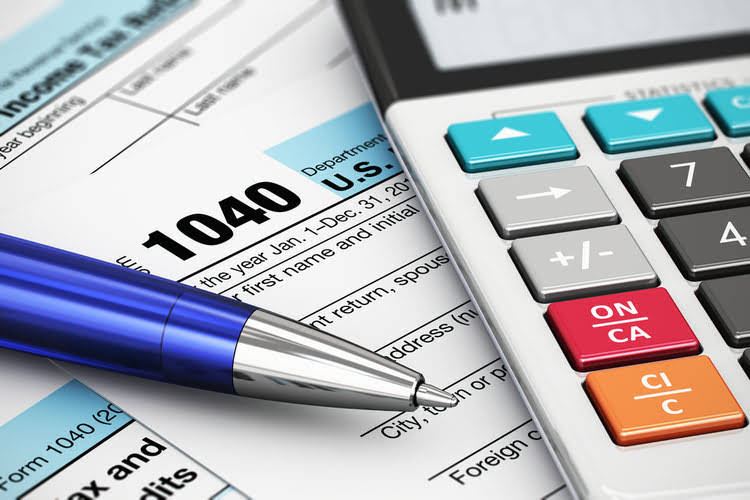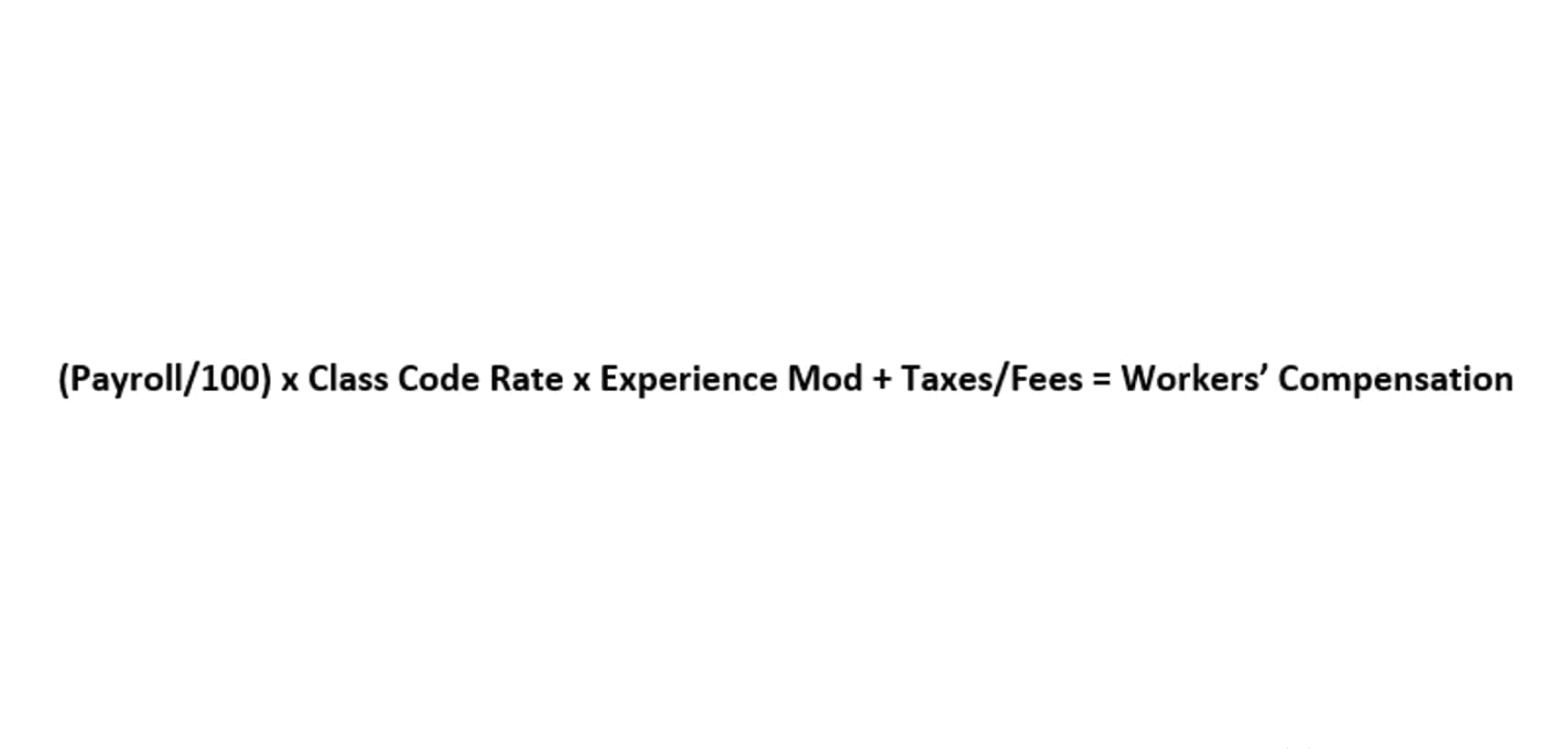
WareIQ provides a Warehouse Management https://www.facebook.com/BooksTimeInc/ System and expertise for efficient management of inventory and warehouse processes. Knowing the cost of production will let you make a well-informed decision about the markup value. A company had provided the details of expenses incurred during the year on the production of 1,000 units of product. ShipBob also partners with leading inventory management solutions to increase visibility and offer more insight into demand forecasting. It is best to have a relatively low cost per unit, as long as the quality and sustainability standards are maintained. This way, you can price your goods competitively, and still secure decent sales margins.
The Impact of Warehousing on Fixed and Variable Costs
Making a profit selling products is the foundation of any successful ecommerce business. In India, the prices of purchasing coal saw a major difference at the per unit level. This came into effect due to the mandate issued to import up to 6 percent of their imports of blended imported coal. This would add up to Rs. 11,000 crores towards power purchase costs. WareIQ unifies network, technology, and expertise to offer end-to-end fulfillment services.
Formula

Cost per unit can be reduced only when cost-reduction initiatives are practiced. Start with regular cost audits and explore cost-saving measures like waste reduction and energy efficiency. Regular audits and reviews are always helpful in pinpointing and identifying areas where costs can be cut without compromising on quality. how to find total cost per unit So, you can analyze the cost per unit with one of the above-mentioned methods based on your type of business. People sometimes fail to assess the cost per unit accurately because they do not understand or incorrectly evaluate its components. Tapping into renewable energy resources like solar or tidal power wherever feasible can also help reduce electricity consumption costs.
What if Costs are not Entirely Fixed or Variable?
Examples of these costs would normally include the materials you use to produce your items, labor put into those items and packaging. If you use rental vans to deliver items, this expense would also be a variable cost. Another way to look at variable costs is if you were to stop producing any products, then there should be no variable costs on your spreadsheet.
Fixed Costs: Definition and Examples
- This calculation helps businesses determine the incremental cost impact of scaling production up or down.
- Investopedia identifies the unit cost as a breakeven point because it is the minimum price at market that will cover production costs.
- Examples of variable costs are raw material costs, production budget, packaging & shipping expenses, and variable overhead spends.
- Adding more labor to a fixed capital cost reduces the marginal cost of labor.
- It links the costs directly to the activities or operations that drive them and helps evaluate resource consumption.
- This is another important factor directly impacting cost per unit.
- Let us understand the differences between a cost per unit equation and price per unit through the comparison below.
Production scale also known as “Economies of Sale” is a concept that involves larger production units. These divide fixed costs over more units resulting in a reduced cost per unit. As the scale of your production increases, the cost per unit decreases. The reason is that fixed costs get distributed over more units, lowering your CPU. Cost Per Unit or CPU is equal to the sum of fixed and variable costs divided by the total number of units manufactured in a given period. For instance, in manufacturing, the cost of raw materials, labor, and energy consumption often constitutes variable costs.
- Fixed costs are independent of the number of goods being produced.
- In this guide, we’ll explain why understanding the cost per unit is important.
- It also allows you to mitigate the expensive risk of failed deliveries.
- Calculating cost per unit provides valuable insights into production costs and helps businesses set optimal pricing to cover costs and make a profit.
- It implies that they increase as the production or sales go up and decrease with lower values.
- Besides, you can consider partnering with third-party logistics service providers to store and deliver products to your customers.
On the other hand, price per unit is the amount a customer pays to buy that product. To cover costs and achieve a profit, the company needs to set a unit price higher than $21.25. It helps lower overhead expenses, streamline operations, and boost https://www.bookstime.com/ profits. Moreover, Flowspace offers an in-depth product inventory management system, granting brands full transparency over their stock.

Then, it can divide the total costs by the number of confectionary items produced. Analyze use the cost to determine if production should be temporarily shut. If you sell the products at a higher price than average variable cost and fixed costs, then your business can continue with the production. The total production cost is found by adding up the total fixed cost and the total variable cost. This formula can be utilized to find the cost per unit for any given product. If you know the variable costs of production per unit and total production costs, you can calculate the fixed costs.
Step 2 – List All Costs and Corresponding Values

You can seek flexible options like volume discounts, extended payment terms, and trade credit arrangements. Labor costs that differ based on location, skill level, and demand also affect your final cost per unit. So, the individual components of the cost per unit are understood. This is where the concept of cost per unit (CPU) comes into play. This financial metric is integral to understanding what it costs you to manufacture, deliver, or sell a unit of your product and price it accordingly. Master your inventory holding costs with actionable tips and calculations.

